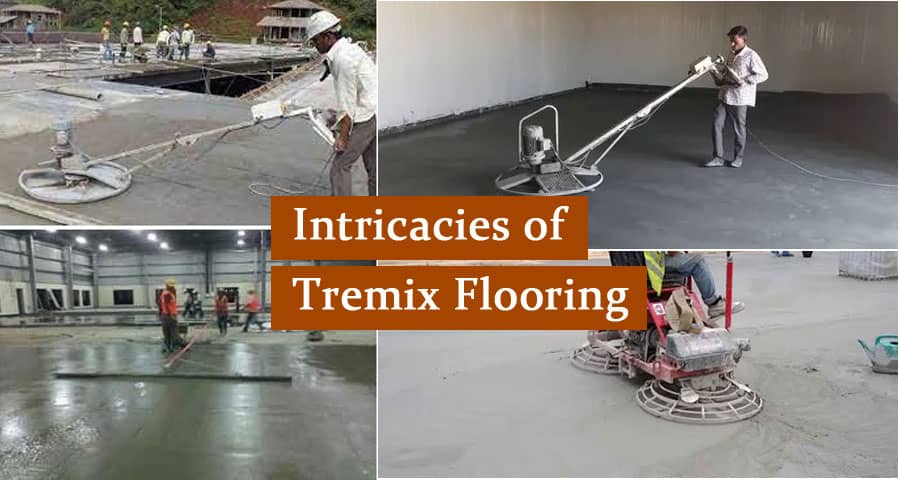Unveiling the Intricacies of Tremix Flooring
Tweet
Tremix flooring, also known as Vacuum Dewatered Flooring (VDF), stands as a hallmark of modern construction practices, offering unparalleled durability, strength, and aesthetic appeal.
Understanding Tremix Flooring: A Brief Overview
Tremix flooring represents a specialized method of laying concrete floors, renowned for its impeccable finish and robustness. The process involves the use of a vacuum pump to remove excess water from the concrete mixture, resulting in a dense and compact flooring surface. This technique ensures superior quality and longevity compared to traditional methods.
Benefits of Tremix Flooring
- Durability and Strength: Tremix flooring boasts exceptional durability, capable of withstanding heavy foot traffic, vehicular loads, and environmental factors with ease. Its inherent strength makes it an ideal choice for industrial, commercial, and residential applications alike.
- Seamless Finish: One of the primary advantages of Tremix flooring lies in its seamless finish, devoid of joints or cracks that could compromise its integrity. This smooth surface not only enhances aesthetics but also facilitates easy maintenance.
- Rapid Installation: The vacuum dewatering process accelerates the setting and curing of concrete, allowing for faster installation compared to conventional methods. This enables project timelines to be met efficiently, reducing overall construction duration and costs.
- Slip Resistance: Tremix flooring can be customized to incorporate various additives and finishes, enhancing its slip resistance properties. This is particularly crucial in areas prone to moisture or where safety is paramount, such as industrial warehouses or commercial kitchens.
Installation Process of Tremix Flooring
- Site Preparation: Before commencing installation, meticulous site preparation is essential. This includes ensuring a stable sub-base, proper grading, and adequate drainage to prevent water accumulation.
- Concrete Mixture: A precise mixture of cement, aggregates, water, and admixtures is prepared according to project specifications. The concrete mix must adhere to stringent quality standards to ensure optimal performance and durability.
- Pouring and Leveling: The prepared concrete mixture is poured onto the designated area and spread evenly using specialized equipment. Simultaneously, a vacuum pump is employed to extract excess water from the surface, facilitating proper compaction and consolidation.
- Finishing Touches: Once the concrete is laid and dewatered, skilled craftsmen meticulously finish the surface to achieve the desired texture and smoothness. This may involve troweling, polishing, or applying surface treatments for added protection and aesthetics.
Maintenance and Care Tips
- Regular Cleaning: Routine cleaning is imperative to preserve the pristine appearance of Tremix flooring. Sweep or vacuum the surface regularly to remove debris, and mop with a mild detergent solution as needed.
- Avoid Harsh Chemicals: Avoid using harsh chemicals or abrasive cleaners, as they can damage the surface finish and compromise its integrity. Opt for pH-neutral cleaners specifically formulated for concrete floors.
- Periodic Sealing: Periodic sealing helps protect Tremix flooring from stains, moisture penetration, and wear. Apply a high-quality concrete sealer according to manufacturer guidelines to maintain its longevity and performance.
For More information, please watch the following video tutorial
Conclusion
Tremix flooring stands as a testament to innovation in the realm of construction, offering unparalleled durability, aesthetics, and performance. By understanding its concepts and procedures, stakeholders can make informed decisions and leverage the myriad benefits it offers.
